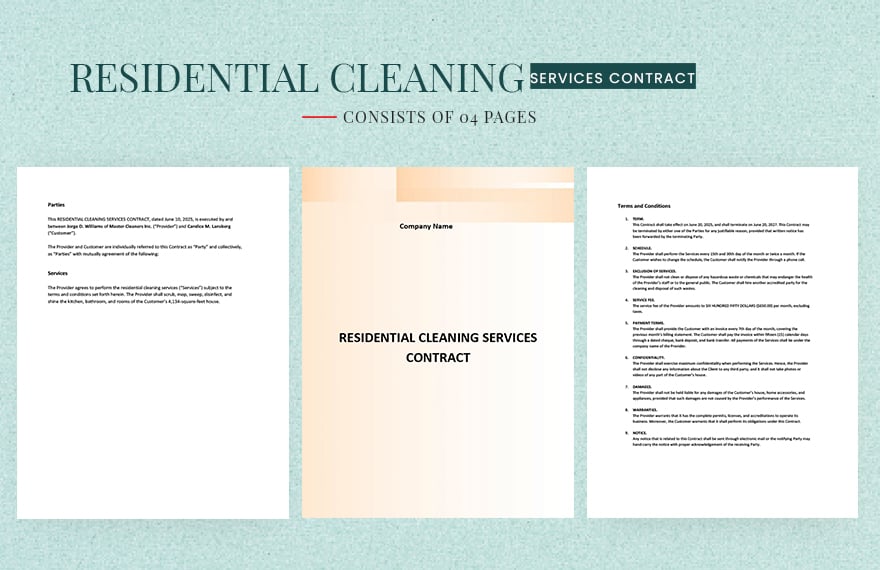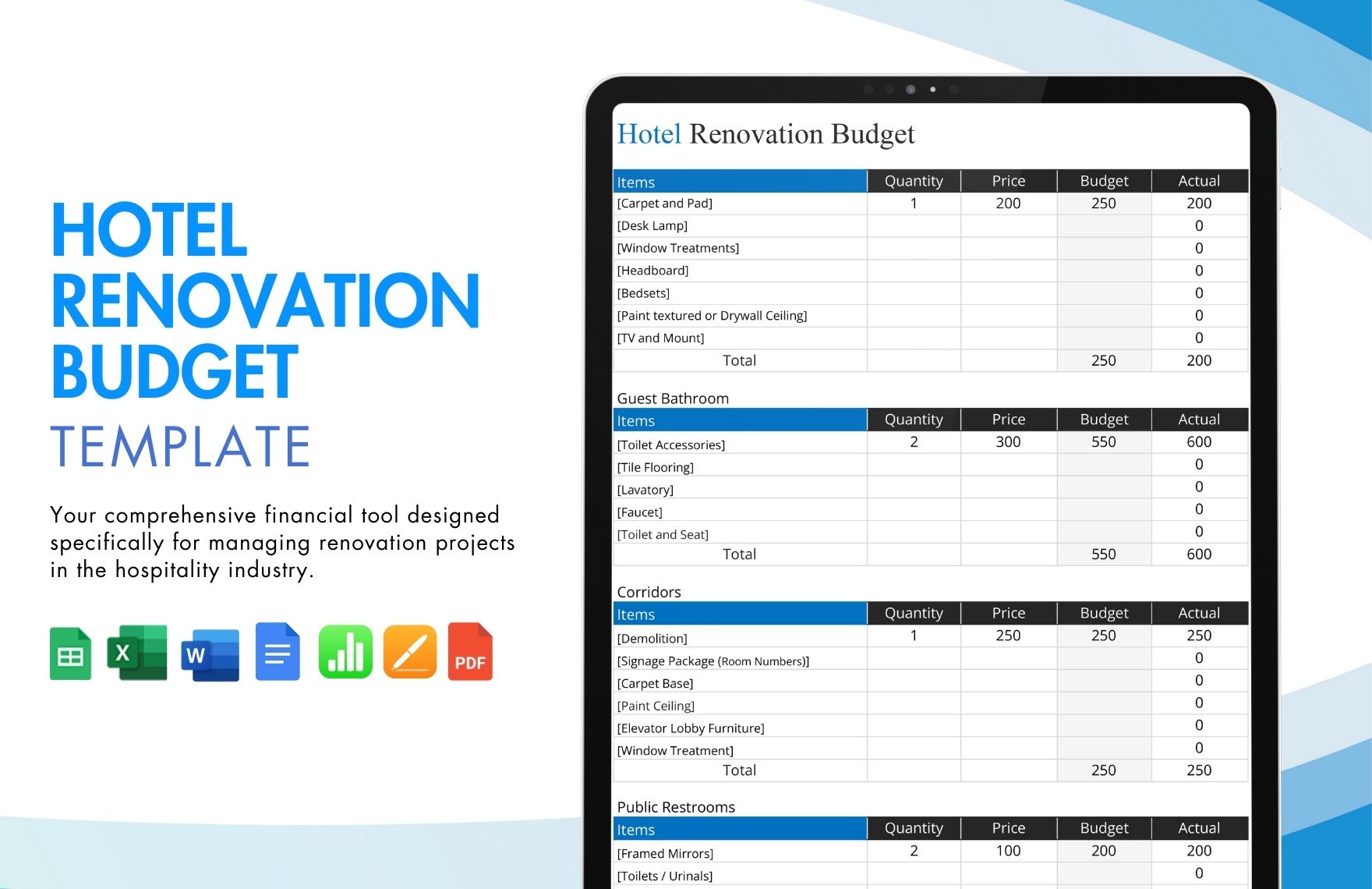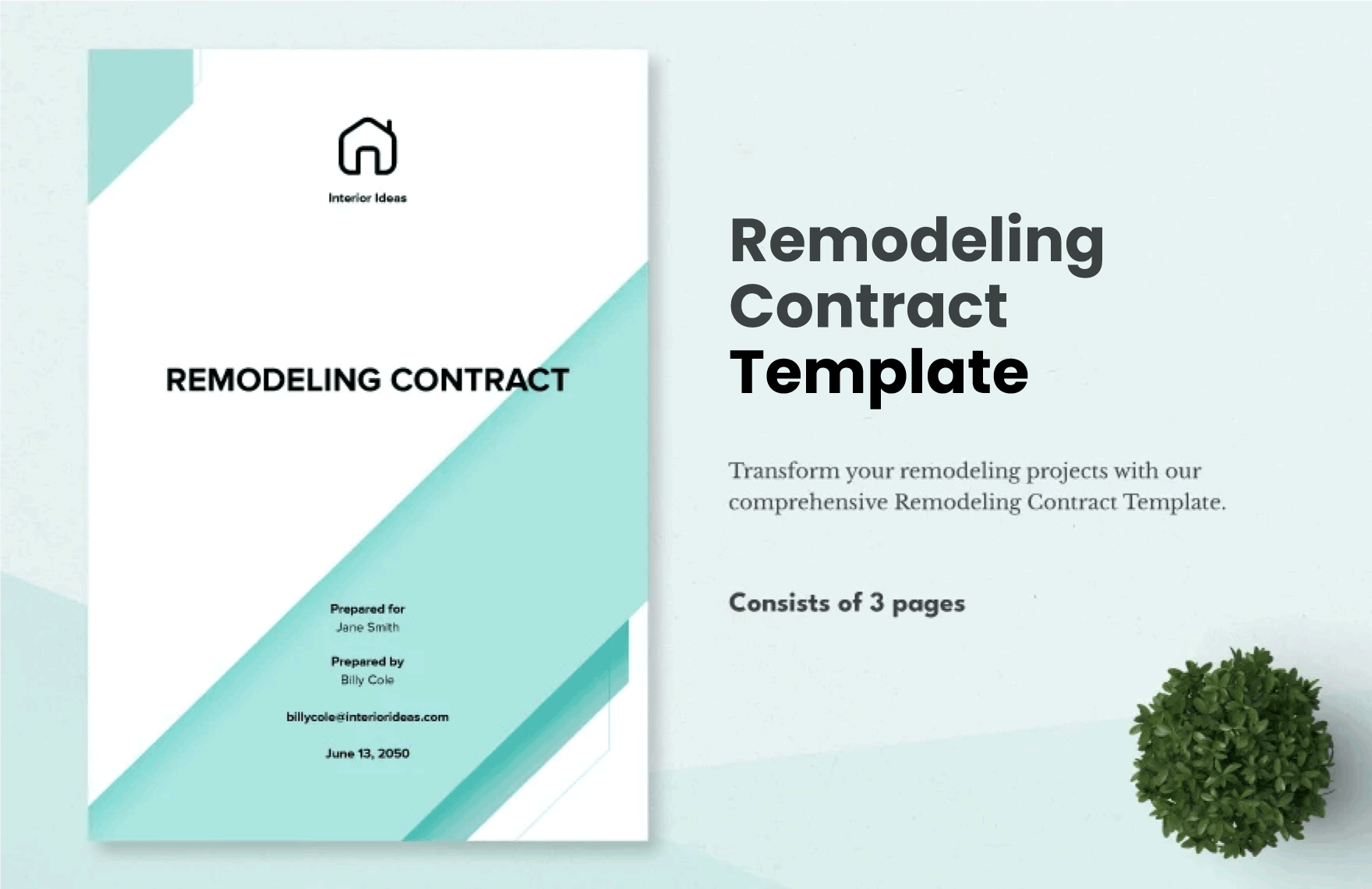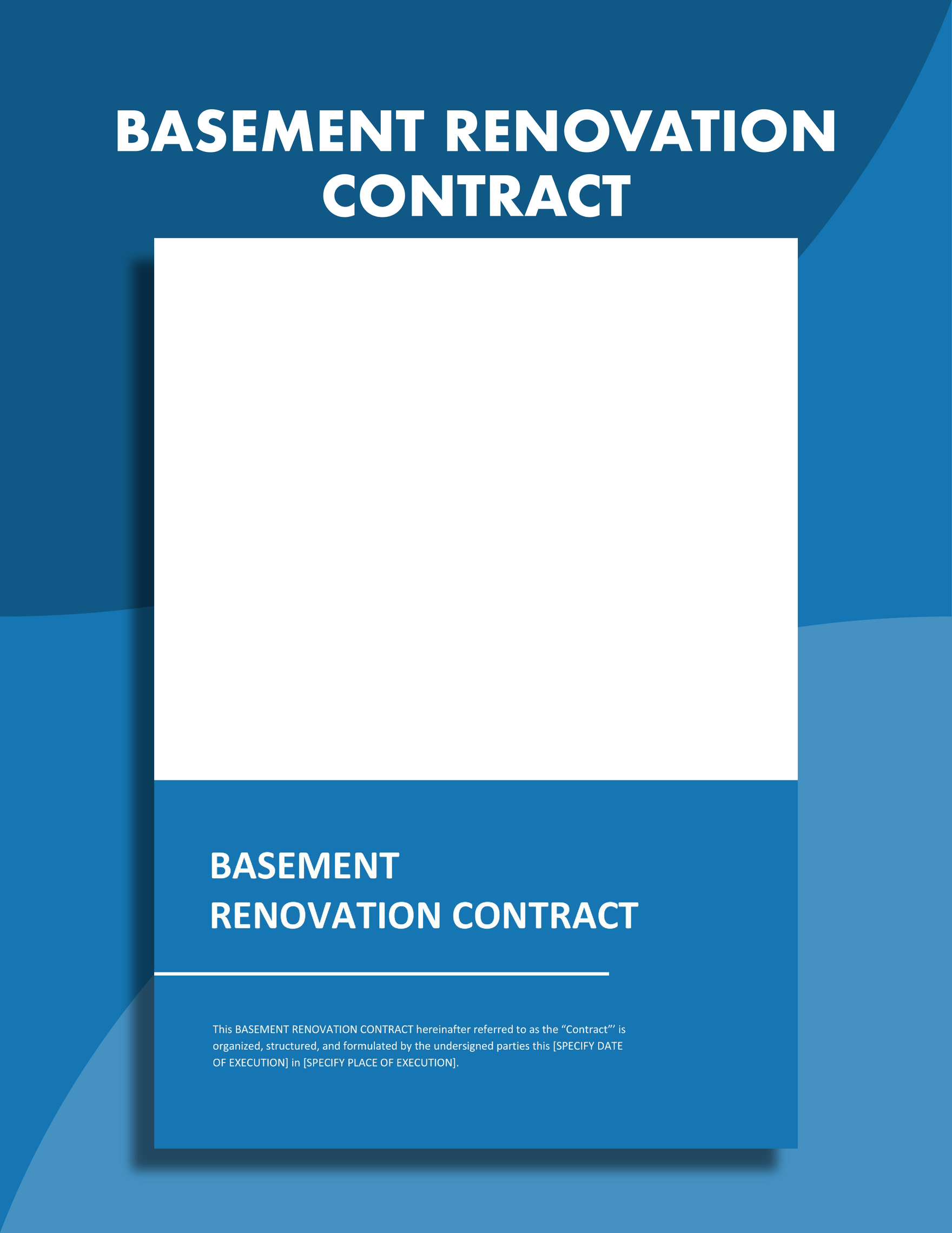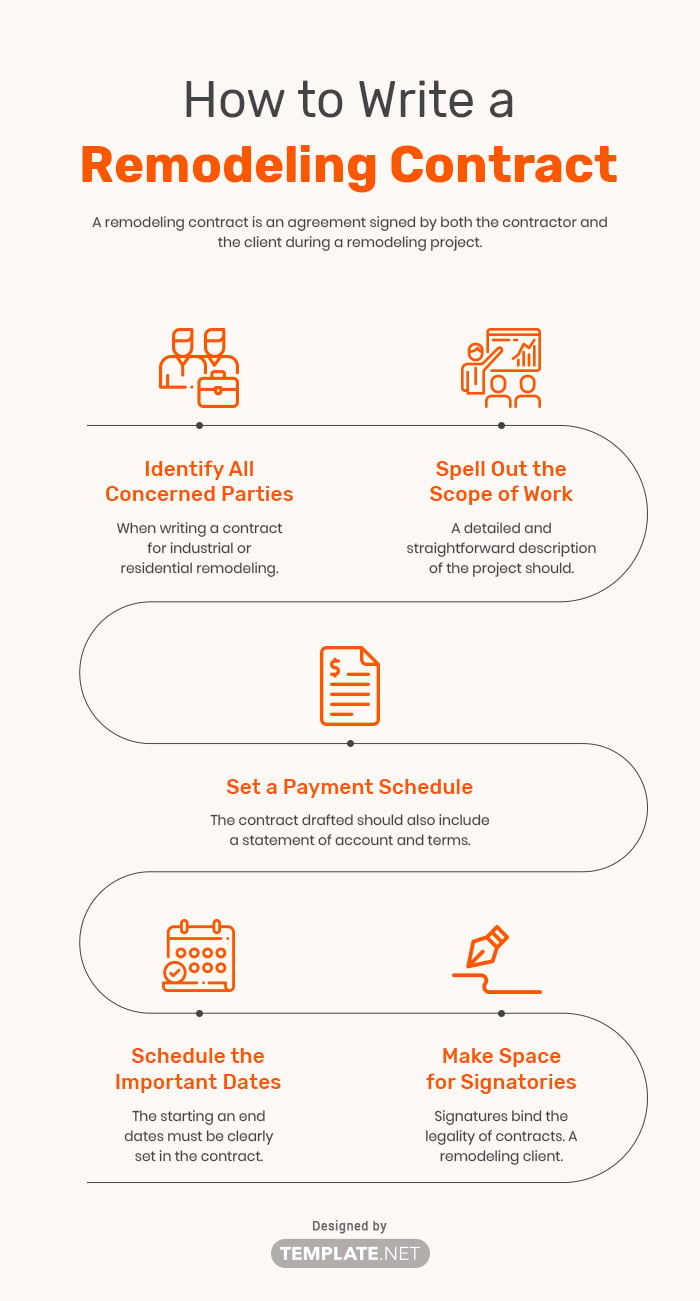A remodeling contract is an agreement signed by both the contractor and the client during a remodeling project. It is an important binding document which must be written carefully, reviewed, and presented neatly. Financial payments, work schedules, project specifications, and other important details should all be included in a remodeling contract form.
Remodeling projects can either be for the entire house or office, or it can be for the specific rooms like kitchen renovations, bathroom remodeling, and closet revamping. Check out the pro tips below so that you can start drafting your remodeling contract useful for your construction proposals and labor business.
1. Identify All Concerned Parties
When writing a simple contract for industrial or residential remodeling, it's always the first step to identify all concerned parties. The contractor and the homeowner or client should meet in agreement to draft the contract. Some states require contractors to indicate the license number in the contract. Conduct concise research about the building laws and regulations in your area to make sure you comply with everything.
2. Spell Out the Scope of Work
A detailed and straightforward description of the project should be enlisted in the contract. The labor, materials, and products must be outlined to allow both parties to comprehend the construction project budget. Whenever technical terms are mentioned in the pages of the contract, everything must be defined clearly to avoid varying interpretations. The terms and conditions of the overall agreement should also be included in the contract clause.
3. Set a Payment Schedule
The contract drafted should also include a statement of account and terms. According to Houselogic.com, the first installment of debts and payment should be no more than 10% of the total cost of the job, and the final payment must be one-third of the total project cost. The contractor should state the total project price so that clients can allocate the right budget. Contractors must state important spending detail for transparency reasons.
4. Schedule the Important Dates
The starting and end dates must be set in the contract. Both parties should have an understanding of when the remodeling work will commence and when it will be completed. If major timing schedule changes should occur due to unforeseen situations, such as inclement weather changes and emergencies, every party must be notified.
5. Make Space for Signatories
Signatures bind the legality of contracts. A remodeling client and contractor contract form is a legal document that can be used on a strong basis in the event of legal dispute cases. Conduct a thorough meeting and discussion with your client and discuss every minute detail of the contract. Review everything and solicit suggestions for changes and improvement. If certain things aren't met, you can always adjust the items within the contract, just make sure that both parties are aware of the pertinent changes. When both parties are satisfied with the final draft of the contract and remodeling proposal, sign the papers, and close the deal. Also note that every change in the workflow, both the contractor and homeowner countersigns before that changes are executed.
